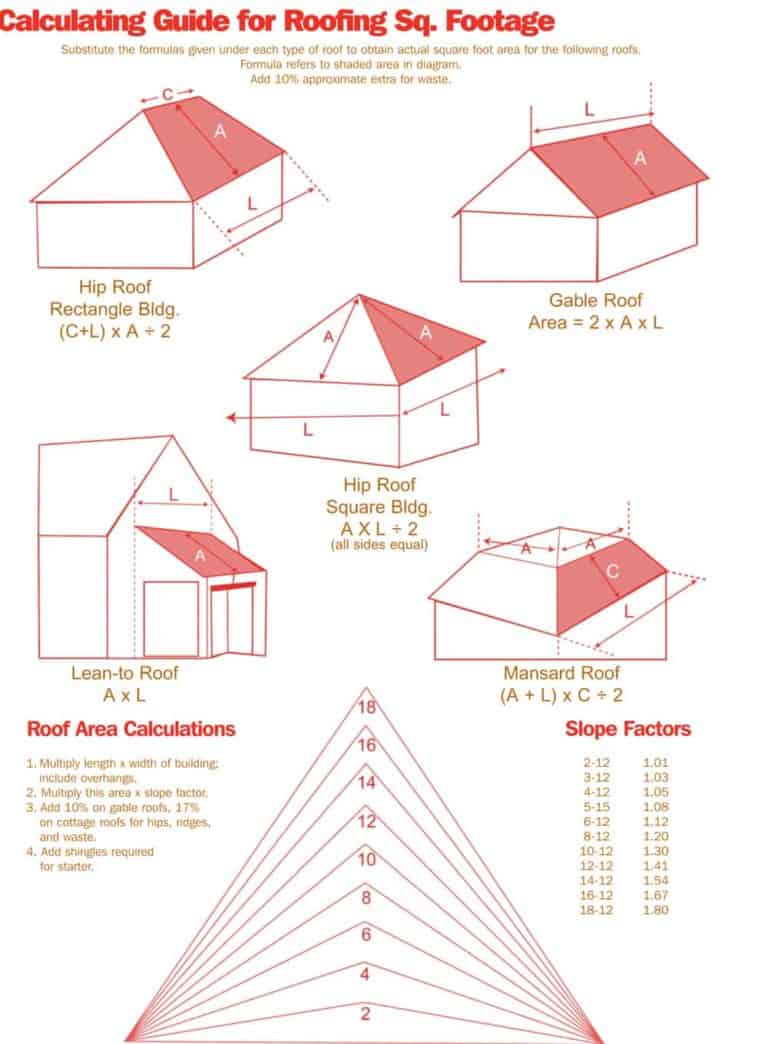The Comprehensive Guide to High-Quality Commercial Roofing Solutions

In the world of commercial buildings, one essential element stands out in ensuring the longevity and safety of the structure: commercial roofing. From office buildings to large factories, a robust and reliable roof protects valuable assets and ensures business operations run smoothly. This guide aims to explore various aspects of commercial roofing, highlighting key considerations, types, and benefits.
Understanding Commercial Roofing Systems
Before diving into the specifics, it’s important to understand what commercial roofing entails. Unlike residential roofing, commercial roofs are often more complex and require different strategies for installation and maintenance. Whether flat or sloped, these roofs must endure different environmental conditions and support various building utilities.
Key Considerations in Commercial Roofing
When selecting and maintaining a commercial roof, several factors come into play:
- Durability: The roof must withstand harsh weather conditions, including rain, snow, and extreme heat.
- Energy Efficiency: Selecting energy-efficient materials can significantly reduce energy costs.
- Maintenance: Regular inspection and maintenance are crucial in prolonging the lifespan of the roof.
- Sustainability: Eco-friendly roofing options are increasingly popular in reducing environmental impact.
Types of Commercial Roofing Materials
Read more about New Albany weatherproofing here.
Various materials are used in commercial roofing, each offering unique benefits. Here is an overview of the most common types:
Thermoplastic Roofing (TPO)
Thermoplastic roofing is valued for its high-temperature tolerance and flexibility. TPO roofs are often chosen for their reflective properties, which aid in reducing cooling costs. This type is also resistant to chemicals, ultraviolet light, and punctures.
Ethylene Propylene Diene Monomer (EPDM)
EPDM, commonly known as rubber roofing, is a durable and cost-effective option. It provides excellent resistance to weathering and has a long lifespan. This material is particularly beneficial for flat roofs.
Metal Roofing
Metal roofing is renowned for its strength and durability. It can withstand extreme weather conditions, making it a popular choice for industrial buildings. With proper coatings, metal roofs can also be energy-efficient and eco-friendly.
Built-Up Roofing (BUR)
BUR systems are constructed using multiple layers of bitumen alternated with reinforcing fabrics. This type of roofing is exceptionally durable and provides excellent protection against water and UV radiation.
Benefits of Professional Commercial Roofing Services
Investing in professional commercial roofing services offers numerous benefits, ensuring your roof’s optimal performance and longevity.
- Quality Installation: Experts ensure that the roofing system is installed correctly, which is crucial for its durability and efficiency.
- Regular Maintenance: Scheduled inspections and maintenance help detect potential issues early, preventing costly repairs.
- Warranty Protection: Most professional services offer warranties, providing peace of mind and financial protection.
- Safety Compliance: Professionals are well-versed in safety standards and regulations, ensuring compliance with local building codes.
Conclusion
A well-maintained commercial roofing system is indispensable for the safety and efficiency of any commercial building. By understanding the various materials available and the importance of professional services, building owners can make informed decisions that ensure the longevity and functionality of their roofing systems. Whether choosing a TPO, EPDM, metal, or BUR system, the key is to select the right material that meets the specific needs of the building and ensures it stands the test of time.




Leave a Reply